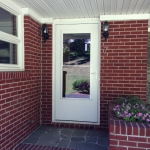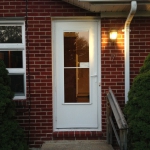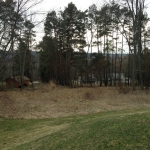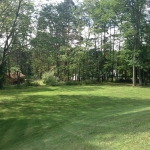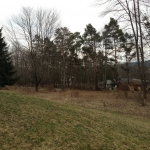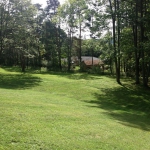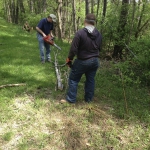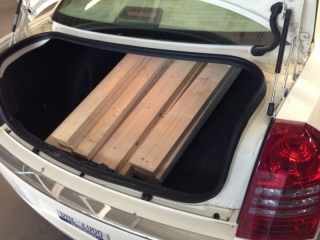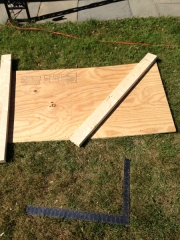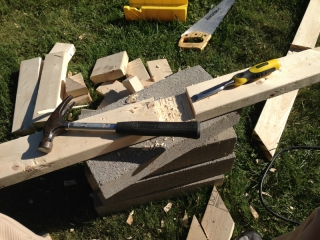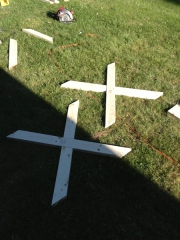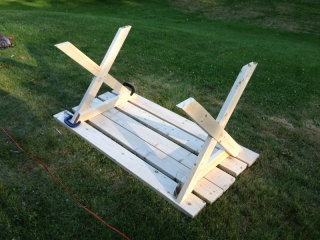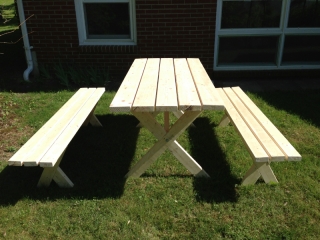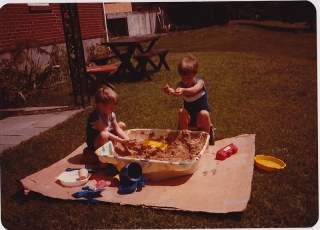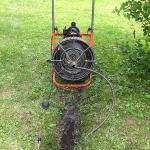When you live on a dead end street laid out in 1957, one of the cooler things that happens is you really don’t have a complex house number. Ours is 7. That’s right…just 7. That being said, I still wanted to have a house number on the front door. When I come up to someones house that I don’t know and knock on the door, if they have a house number right next to their door it’s just that last bit that tells me “Hey man, you’re in the right spot,” and not knocking on the door of the creepy neighbor who only comes out once a month, abhors daylight and smells like cabbage.
Creepy neighbors aside (we don’t have any, coincidentally. Ours are all awesome.) having a house number on the door I feel is a nice touch. It looks nice and as mentioned helps people at the door confirm they are in the right spot while standing there and it shows you care enough to pay attention to the small details. The other day I put a house number up on both front doors (the “main” front door, and our kitchen door, which also faces the driveway.) These were inexpensive ones from Home Depot, but in a very retro mid-century compatible style. I immediately liked them – I’ve seen these pop up a few times on blogs for other mid-century house folks as well. They are very modern in their lines, so they would be at home on both a “modern” house and a “mid-century” house. Installation was also very easy: Mark the holes, get a masonry bit and drill into the brick the appropriate depth, then set the posts with silicone. The finished number can be either raised or flush – I chose to have it raised.
Here are the results:

